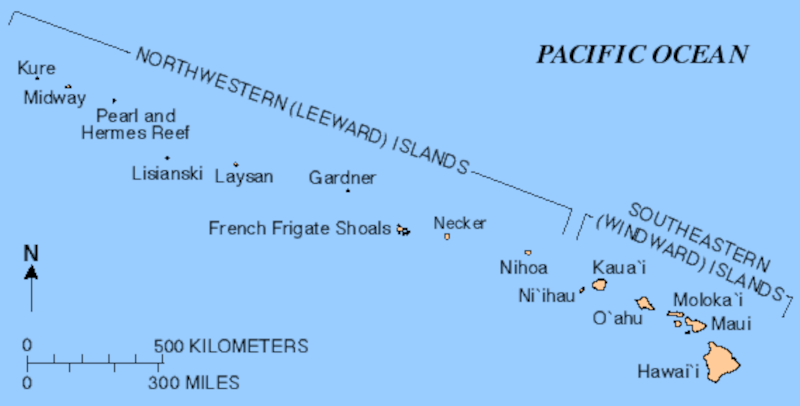Like many people [Dan Greenall] spent a lot of time in the 1970s listening to shortwave radio. While you often think of that as a hobby involving listening to broadcast stations, some people like to listen to other communications such as airliners, ships, military, and even spy stations. These days, if you hear a strange signal you are probably only one internet search away from identifying what it is. But back then, you had to depend on word-of-mouth or magazines to figure things like that out. [Dan] found a recording of a mysterious military-like signal he made in 1971 on 14.85 MHz. He decided that maybe now, all these years later, he could finally identify it.
The operator in the recording is counting and mentions “Midway Island,” famous for a World War II battle and part of the Leeward Islands in the Pacific. Thanks to the internet and the law of six degrees of separation, [Dan] found [Chuck Kinzer] who was a Midway Navy vet.
[Chuck] was stationed at the Naval Communication Unit, Midway, and he thinks the transmission was a “long count” test used to tune the 10 kW AN/FRT-39 transmitters and their log periodic antennas. You can see pictures of the transmitting gear and the antennas at that link.
It is amazing that a recording more than 50 years old is still around. It makes you wonder how much history is sitting around on tapes and digital media, waiting for someone to identify what they are.
Although this transmission has a lot of numbers, it isn’t technically a numbers station. You never know what you might hear on the radio waves.















They used to have one of those rotatable log periodics at the FAA site off Rt 93 in Nashua NH. My guess is that it was used for contacting transatlantic flights coming into the US. They took it down a few years ago. I suspect everything is satellite now.
The other place I saw them was back in the 70s when I was in college. Westover AFB had an antenna site in Granby, MA. Oceans of blueberries, in a field full of those rotatable log periodics. They’re pretty impressive up close. IIRC they sat on a steel pipe, supported top and bottom by crossbars connected to two telephone poles. The rotator was at ground level and the pipe attached to the antenna beam at the top (after going through a very large bearing in the crosspiece). The antenna main beam looked for all the world like a piece of triangular antenna mast (Rohn 25 or 35).
Antron, HF is still used on pac and atlantic routes–easy to hear!